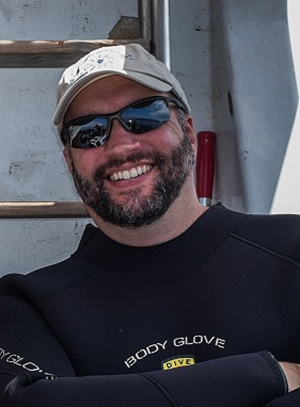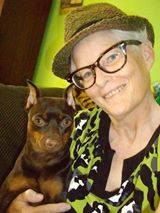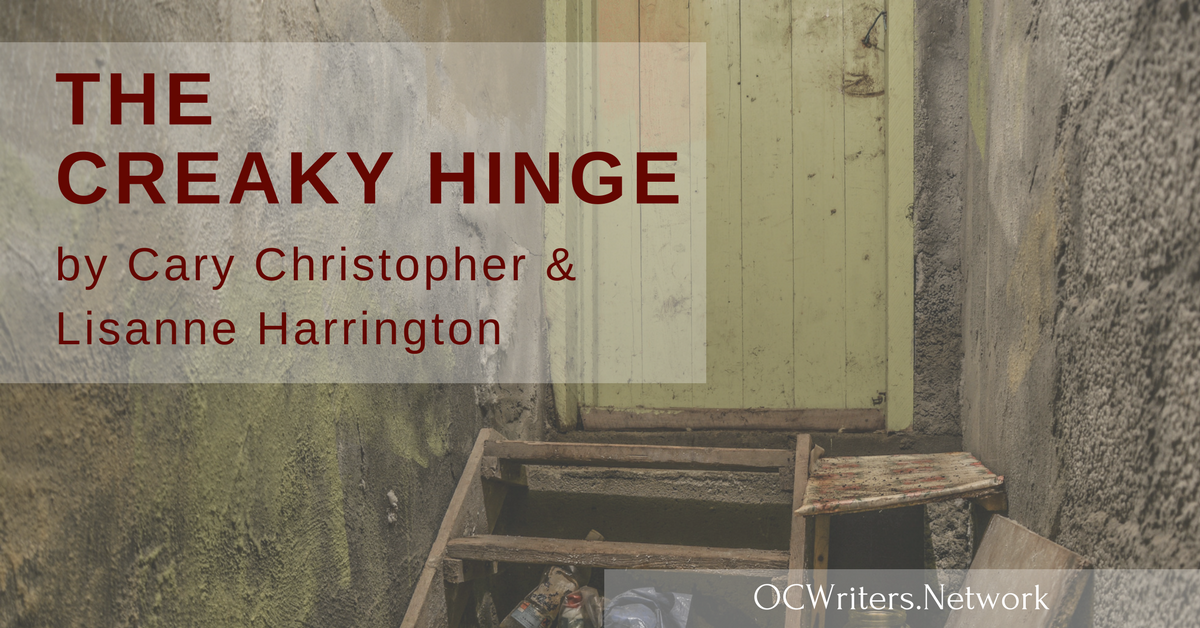By Lisanne Harrington and Cary Christopher
This month’s theme on the O.C. Writer’s Blog is “Red”. When horror writers think of red, they think of one word: Gore. There may be no term more frightening to potential horror readers than that one. Don’t believe us?
Cary has been doing a lot of presentations lately to book clubs and writers’ groups. His focus has been to try to introduce new readers to the genre. Without fail, he’s been asked one question every single time:
Does a novel have to be gory in order to be horror?
The honest answer is no, of course not. Some of the greatest horror classics of our time are not gory. For example, Edgar Allen Poe focuses on dread and psychological torments. You won’t find any blood-soaked passages in his works, but you will find yourself imagining being buried alive or dealing with your conscience after you’ve committed a heinous crime.
Robert Louis Stevenson’s The Strange Case of Dr. Jekyll and Mr. Hyde contains otherworldly transformations, brutal murders and the damning of one man’s eternal soul, but never does a drop of blood splash onto the page.
The question then becomes, does modern horror fiction require gore?
Again, no.
Great examples come in short stories like “Flash Frame” by Silvia Moreno-Garcia or “The Tugging” by Ramsey Campbell. Both are modern takes on H.P. Lovecraft’s mythos and both will stay in your mind for days after you’ve read them. We’ve cited Stephen King in these entries many times and here we can happily do it again. Check out “I Am the Doorway”, “Gray Matter”, or “One for the Road” from his first short story collection Night Shift.
Many great horror authors would rather you imagine the horror they hint at rather than showing you every cut, gash, or wound. While there’s another whole column just waiting to be written about that, let’s talk a little about gore in horror, because besides being a hot button issue amongst potential readers, it can also be a divisive issue for the horror writer.
When is it a good time to bring in gore and is gore even really necessary?
Cary would argue that it “can be”. He doesn’t write overly gory horror, but he does recognize that gore can be a tool that—when wielded effectively—can lead to devastating emotional results for the reader. When writing a novel, character development is as important as a riveting plot. Some would argue it’s even more important. If you’ve taken the time to build a whole world and have populated it with three dimensional characters, you can assume that your reader is going to be heavily invested by the time they reach the third act. It’s here where Cary has employed graphically violent scenes to great effect. In killing off a beloved character in a particularly nasty way, he can not only scare the reader but shock them into realizing that nothing is safe any longer.
At the same time, there’s a danger in doing that. As an author, you run the risk of losing your reader’s trust if you go too far. Cary relies on beta readers who he trusts to let him know if he’s crossed the line.
Lisanne, on the other hand, doesn’t use much gore in her stories, preferring to leave an image of the carnage to the reader’s imagination. Even when she does use it, she doesn’t go into graphic detail, but gives the reader just enough to “see” it in their minds.
But man, oh man, does she enjoy reading it in other authors’ stories! The gorier, the better.
In writing, you have to be careful about the level of gore your readers will accept. If you’re looking for good examples of how to walk that line there are plenty.
One of Cary’s favorites is Michael Shea’s short story “Fat Face”. Until the climax, it only really has one gory scene in it, where his main character, Patti, finds her call-girl friend Sheri brutally murdered. He doesn’t describe the scene in horrific visual detail. Instead, he describes the smell, the strange dark shapes in the room as Patti tries to make sense of what she’s seeing. When she finally does realize Sheri’s head and shoulders are sticking out from under the bed, she grabs under her arms and yanks in the hope of pulling her body out. What she finds is that not all of Sheri is under the bed.
However, again, Shea doesn’t go into detail. He simply describes Patti’s horror of realizing it’s only a “fragment of Sheri”. That’s it. That’s the extent of the gore. There are no lingering descriptions of ragged body parts or gruesome sticky floors. By just saying “a fragment of Sheri”, Shea allows your mind to fill in all of those gaps and that’s a talent that every horror writer should work hard to develop.
The opposite extreme of this is Edward Lee. Lee proudly wears the title of the grossest horror writer in the business. He doesn’t even bother trying to walk the line most of the time. He will gladly write about serial killers, backwoods psychopaths, and even Hell itself while lovingly describing every bit and piece of decay and damage.
There is an audience for that. Lee knows exactly who he’s writing for and he does a darn good job of giving them “the goods”. However, he knows that if anyone ever asks a book store clerk, librarian, or random horror fan for a recommendation on a good “gateway” book into the horror genre, he’ll never be mentioned.
When writing horror, remember to ask yourself a few questions.
1. Who are you writing for?
2. How far can you go without ruining the reader’s trust?
3. How much can you leave to your reader’s imagination and still be effective?
Answering those three questions should give you a good foundation for how “red” to make things.
Answering those three questions should give you a good foundation for how “red” to make things.

Cary Christopher was born and raised in Florida and Georgia but has called Southern California home now for almost 20 years. He’s written extensively about music, movies and pop culture online and for various publications around SoCal. Now he primarily writes for his blog (www.carychristopher.com). His new novel The Wash is available on Amazon.
Link to my Amazon Authors Page: https://www.amazon.com/Cary-Christopher/e/B076FD8MJ3

After sixteen years as a paralegal, I staged a coup and left the straight-laced corporate world behind forever. I now pander to my muse, a sarcastic little so-and-so who delights in getting the voices in my head to either all speak at once in a cacophony of noise or to remain completely silent. Only copious amounts of Diet Cherry Dr. Peppers and hamburgers will ensure their complicity in filling my head with stories of serial killers, werewolves, and the things that live under your bed.
I live in SoCal, in the small town I fashioned Moonspell’s Wolf Creek after, with my beloved husband and persistently rowdy, always-has-to-have-the-last-word Miniature Pinscher, Fiona.

